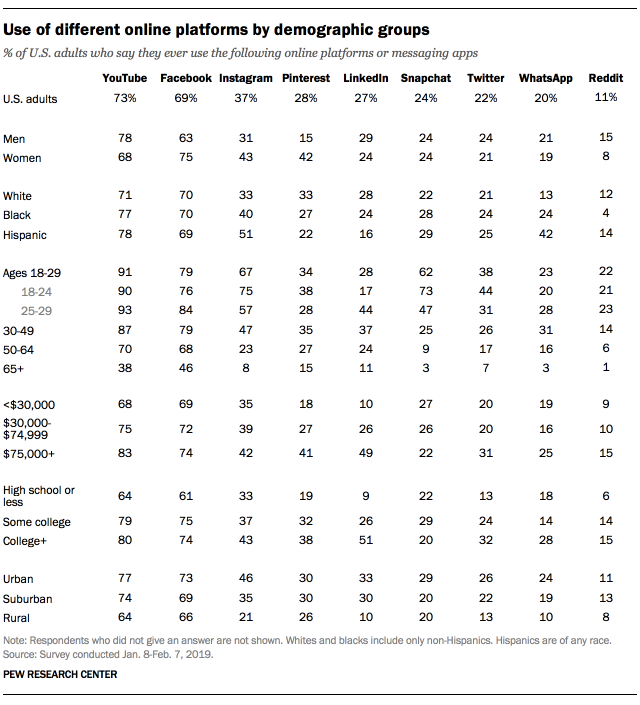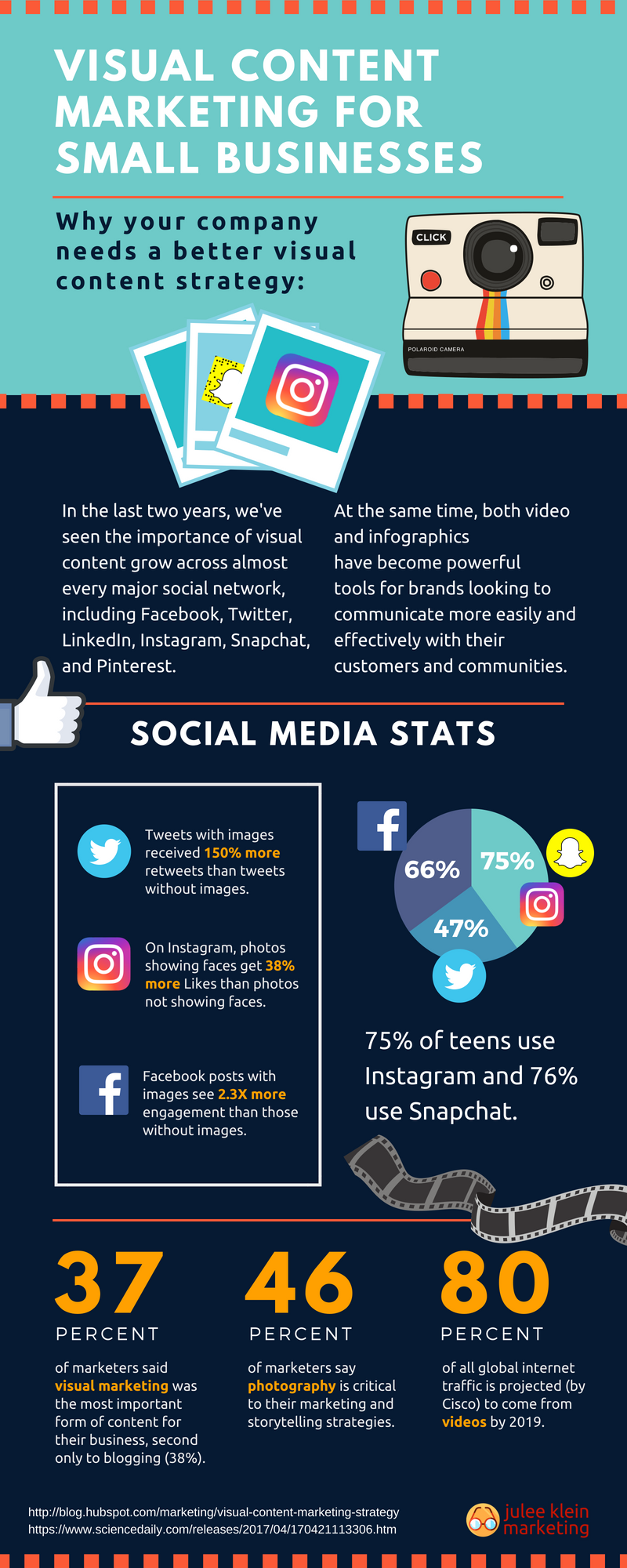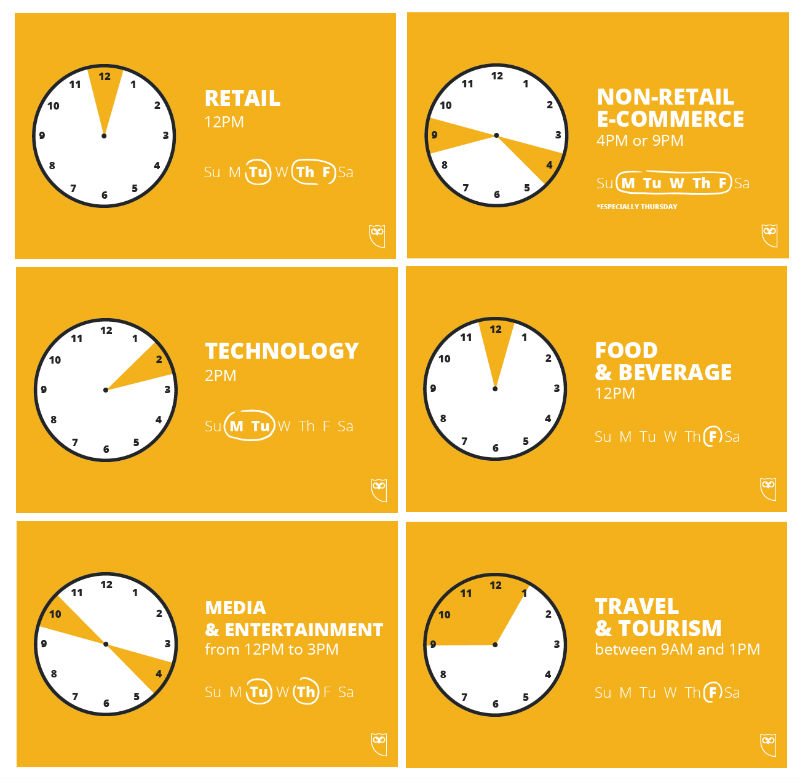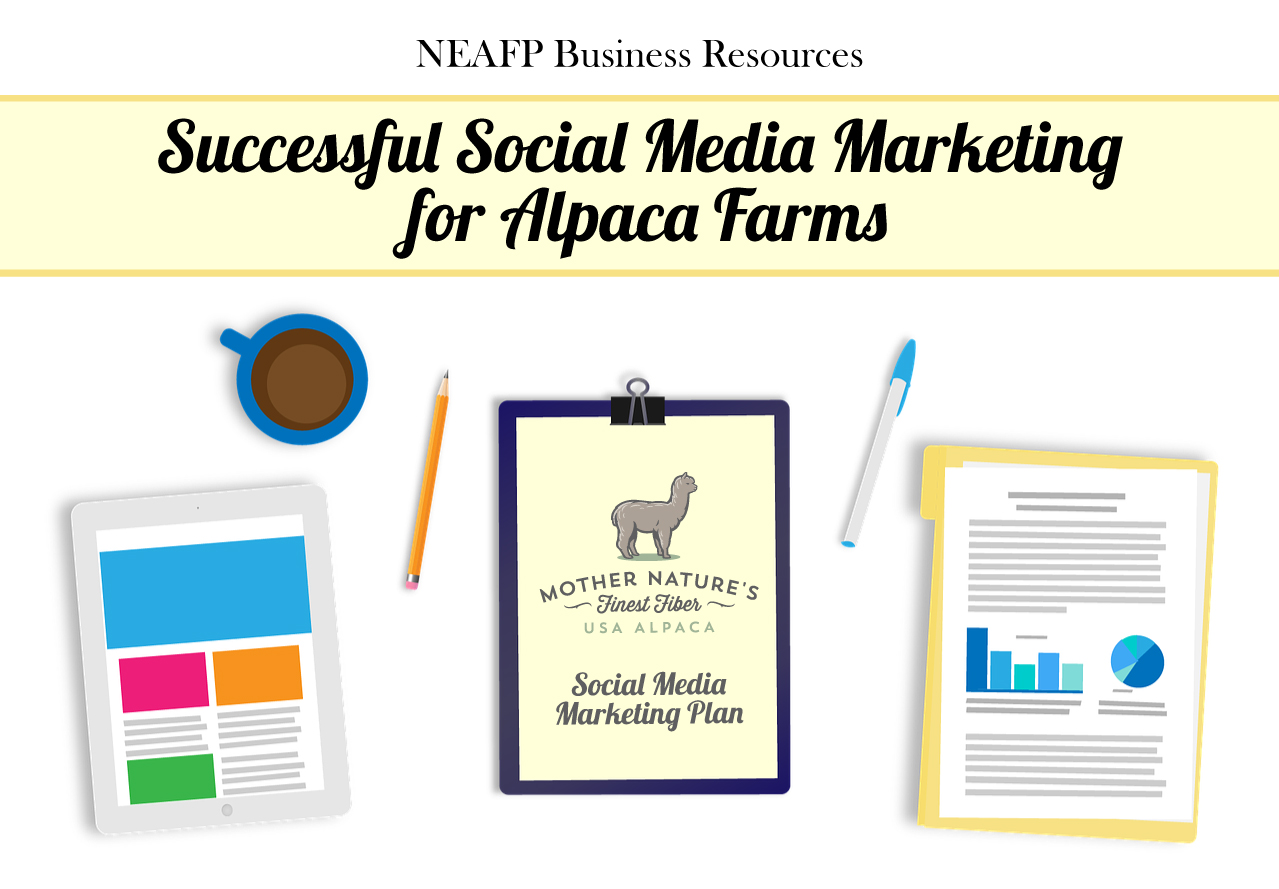Recent Blog Posts
-
10/10/2025VIDEO: How often does a Survival Sock get knit at NEAFP?
-
09/12/2025NEW Downloadable Content: Alpaca Dinner Time Coloring Page
-
08/15/2025Reviews: What People are Saying About Bouclé Lined Mittens!
-
08/15/2025Get Ready for NAFD! 5 Ways to make the most out of your Open House!
-
06/26/2025NEW Downloadable Content: Find the Difference Activity Page
-
04/25/2025VIDEO: Take a Virtual Tour of our Mill!
-
01/17/2025Reviews: What People are Saying About The Survival Sock!
-
09/13/2024Download A Free Handwear Informational Print Out!
Alpaca Coloring Pages
- Happy Memorial Day 2024: Alpaca's Grazing
- Winter #1: Build a Snowman Activity
- Winter #2: Extreme Sports
- Valentine's Day: Alpaca Wedding
- St. Patrick's Day: Leprechaun
- Spring: April Showers
- Summer: Beach Day
- 4th of July: Colonial Alpacas
- Summer: Farmer's Market
- Fall: Apple Picking
- Halloween #1: Costume Contest
- Halloween #2: Spooktacular Halloween
- Thanksgiving #1: Giving Thanks Activity
- Thanksgiving #2: Pilgrim Alpacas
- Christmas #1: Deck the Halls
- Christmas #2: Santa's Workshop
Alpaca Fact Series
Business Resources
- Article: Email is still a MUST DO for all Alpaca Farms
- Article: Off the Beaten Path Event Ideas on the Alpaca Farm
- Download: Sock Photo Download Folder
- Graphics: Shop Small this Holiday Season
- Article: Form Follows Function: Dressing for Fall and Winter 2020
- Graphics: Sock and Handwear Comparisons
- Article: A Change in the Seasons: Farms Continue to Adapt into the Busy Harvest Season
- Graphics: How to Support Alpaca Farms
- Graphics: Alpaca Fiber Properties
- Article: Customer Retention: Building Customer Loyalty for your Ecommerce Business
- Article: Harnessing Storytelling to Market Your Business
- Article: The New Normal and a Renewed Support for U.S. Alpaca
- Article: Use Gift Cards to Increase Sales
- Article: Virtual Farm Tours: Bringing People & Alpacas Together in the Virtual World
- Graphics: Get the Most out of your Fiber Harvest
- Graphics: Alpaca Knitter's Yarn Guide
- Article: Mike and Sean's Adventure in Retailing
- Article: Harnessing Holiday Sales Momentum into the New Year
- Graphics: U.S. Alpaca Holiday Gift Guide
- Graphics: Small Business Saturday Resources
- Article: Tools and Topics for Implementing Healthy Soil Agriculture
- Article: Successful Social Media Marketing for Alpaca Farms
- Article: Agritourism on the Alpaca Farm
- Article: Finding Success at Fall and Winter Markets
- Article: Brand Identity & Your Local Community
- Article: Social Media: Alpacas are STILL Seriously Trending
- Article: Let's Get Personal: Expanding your Inventory with Product Personalization
- Article: Part 2: Promoting your Brand Online through Product Styling
- Article: Promoting your Brand Online through Product Styling
- Article: 7 Old School Ways to Spread the Word about your Event
- Article: 5 Ways your Open House can increase Future Sales
- Article: Top Alpaca Related Hashtags to increase your Reach!
- Article: Alpacas are SERIOUSLY Trending
- Article: How to Utilize CO-MARKETING
- Article: Farmers Share their Booths and Tips
- Article: Mobile Payment Survey Results
- Article: Product Photography Do’s and Don'ts
- Article: Driving Business After the Holidays
- Article: Marketing Reflection and Planning
- Article: The Slow Alpaca meets Slow Fashion
- Article: Use Gift Cards to Increase Sales
- Article: The Importance of Being Mobile Friendly
Article: Successful Social Media Marketing for Alpaca Farms
Do you have a Facebook or Instagram page for your farm or farm store? If you don't, you could be missing out on new avenues to sell your products! Perhaps you already have one but you aren't getting the traffic you were hoping for. It may seem daunting to manage multiple social media pages on top of the work you do as a farmer on a daily basis, so we've put together some tips to help you be more successful!
| Start with a Goal or Plan in Mind |
|
As you begin exploring social media marketing, take a moment to decide what you want to gain out of the experience. Your business pages on Facebook, Instagram, and other platforms can serve you and your customers in a number of capacities, so it is easy to get overwhelmed by the possibilities. You may decide to:
|
 |
| Understand your Audience |

There are many active social media platforms, but which one will get you the response you’re looking for? A 2019 Pew Survey of US Adults points to YouTube and Facebook being the most popular social media platforms, but that doesn't mean you should discount the others. Take into account factors like the intended age and gender of your prospective customers. Facebook is consistently popular with both younger and older adults, while others like Instagram and Snapchat attract young adults almost exclusively. On the other hand, Pinterest users are more than 3 times more likely to be women.
Take into consideration the intended purpose of each platform as well. While it may behoove you to create a personal LinkedIn page as a business professional, you will be hard pressed to find customers there! Instagram and Pinterest tend to focus on the visual while Twitter is textual. Knowing the difference between each platform can help you cater your content to your intended audiences.
Be sure to utilize the various analytics pages available to monitor your page performance. Facebook and Instagram analytics provide useful information, including when people visiti your page or posts, what is most popular, and who your audience is based on their age and location. Use this information to hone your social media marketing skills!
| Be Responsive | |
| Think of social media as another avenue for conversation. Customers will use it to chat with you, ask questions, and review your products and services. Become an active participant by "liking" comments, responding to questions in a timely fashion, and regularly posting updates about your business. You may receive negative comments or critiques regarding your services, products, or animals. If this happens, always keep a level head to prevent escalating the issue. It may be helpful to think of possible responses ahead of time. For example, if a social media follower accuses you of cruelty for shearing your animals, have a thoughtful response ready to explain why alpacas need to be sheared on an annual basis. |
 |
| Rely on Visuals |
Social media marketers find that they rely heavily on visual media when reaching out to their customers. Data on visual content marketing from the past few years illustrates that captivating visual media is necessary for high levels of customer engagement with your pages.
There are a number of ways to incorporate video and images into your social media marketing. Original content in the form of videos, shared content like related graphics and memes, as well as product, animal, and lifestyle photography are all great ways to go visual. Videos should be short enough to keep the attention of your viewers and photographs and images should be at a high enough resolution to be viewable!
Don't think that visuals are that important? They certainly are if you're hoping to create a paid ad for Facebook. If you plan to promote your business through a paid Facebook News Feed ad, only 20% of the image can have text on it, or it will not pass through Facebook's filters!

| Stay on Schedule |
| Timing is important when it comes to social media for many reasons. Regularly posting keeps your followers interested and engaged, while platforms like Facebook have a number of built in features like post scheduling and event hosting that can help you reach your intended audiences. Here are a few ways to stay organized. | |
|
1. Create a social media calendar to keep track of when and how often you should post to social media. Monday: Post a candid barn photo or video of an alpaca Wednesdays: Post a photo of one of your products and a link to where it can be purchased. Friday: Remind your followers where you'll be selling products that weekend (ex: "Stop by the farm tomorrow from 10am-2pm!") 2. Schedule Posts in Advance during Peak Viewing Times Did you know that people tend to check social media at certain times, and it differs between platforms? Different businesses have greater success depending on the time of day as evidenced by this chart on prime Instagram posting times. Hootsuite found in their research that the best time to post to Facebook for Business to Consumer brands is 12 p.m. EST on Monday, Tuesday, or Wednesday. Take advantage of Facebook's ability to schedule posts in advance through Publishing Tools. That way, you can make sure your content gets out there and better yet-- you don't forget to post it on your busiest days! |
 |
|
3. Schedule and Share Facebook Events If you're planning a farm event, be sure to create a Facebook event to organize all the pertinent information that an event-goer, potential farm visitor, or shopper may need. This includes a clear event title, thorough description, concrete location, and exact start and end times. The event can then be shared easily by both you and your followers. When setting up your event, use tags for relevant keywords. Interested parties may decide to stop by when searching for things to do using Facebook's calendar. |
|
Social media is constantly evolving, and while it can be hard to keep up, understanding the ways that these platforms can work for you can make your business more successful in the long run!
We hope that these Business Resource Blog Posts have been helpful. Is there a topic you'd like us to cover in a future post? Write to us at support@neafp.com


